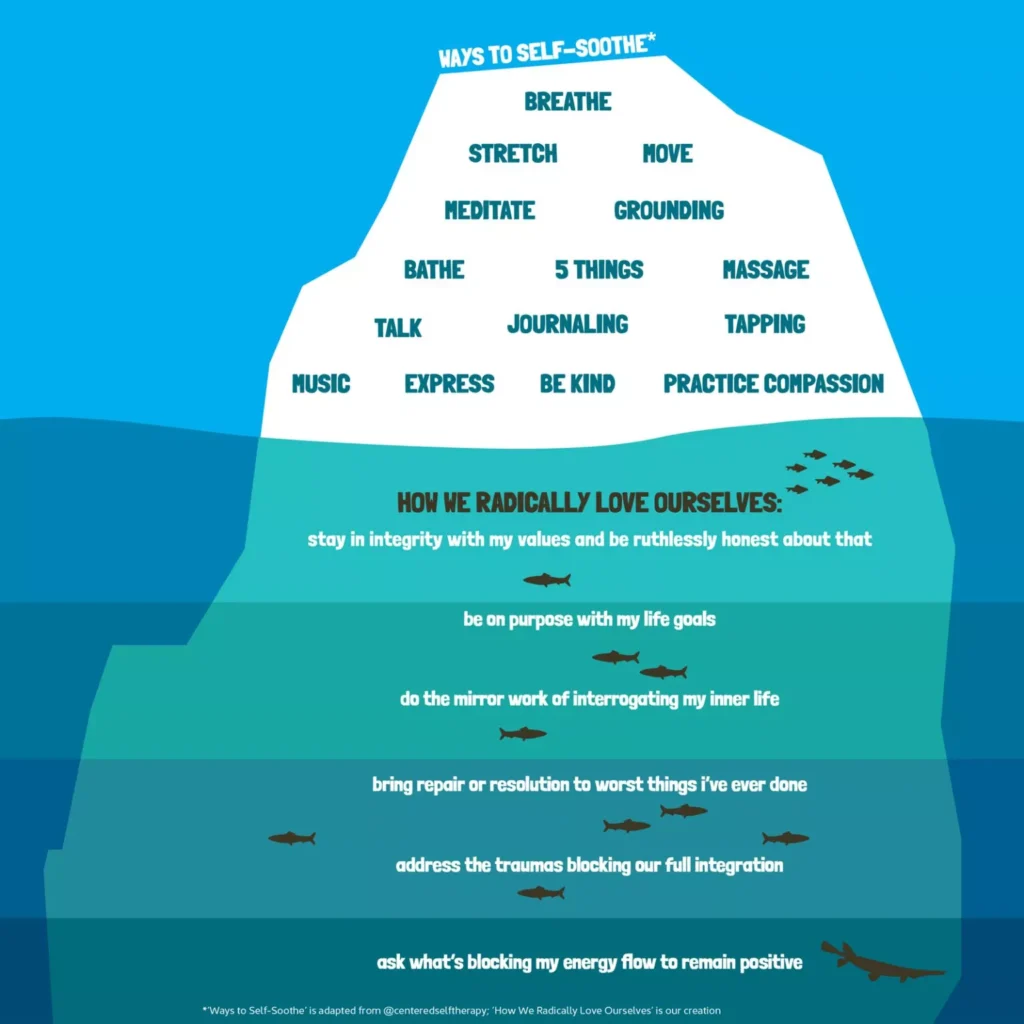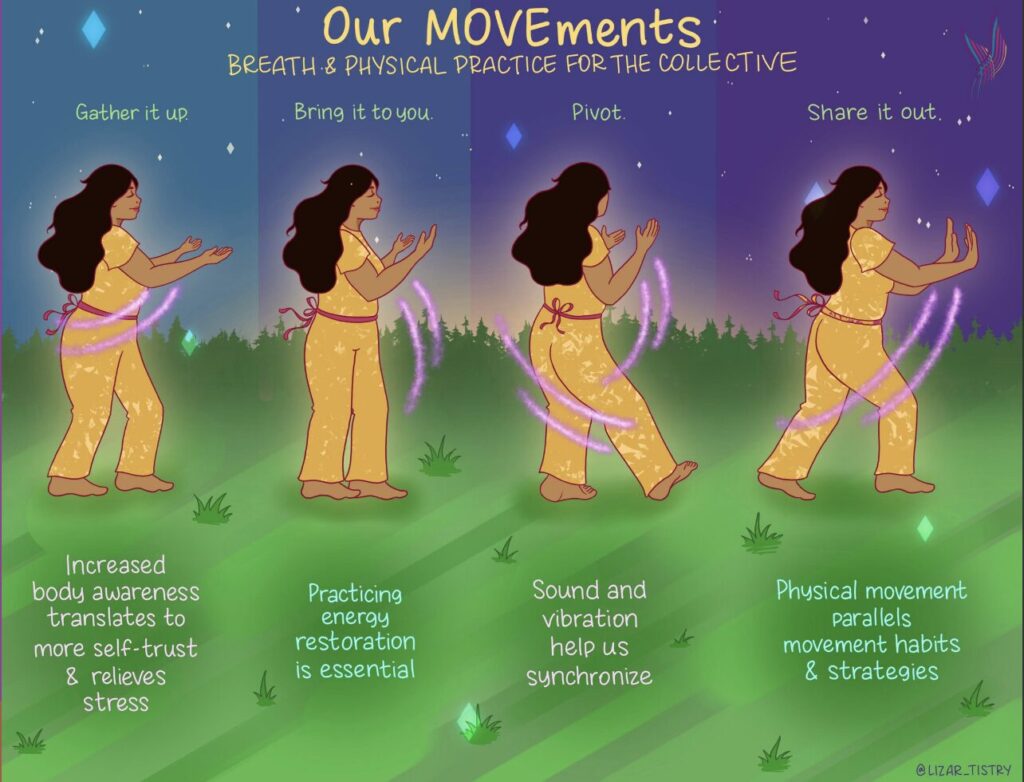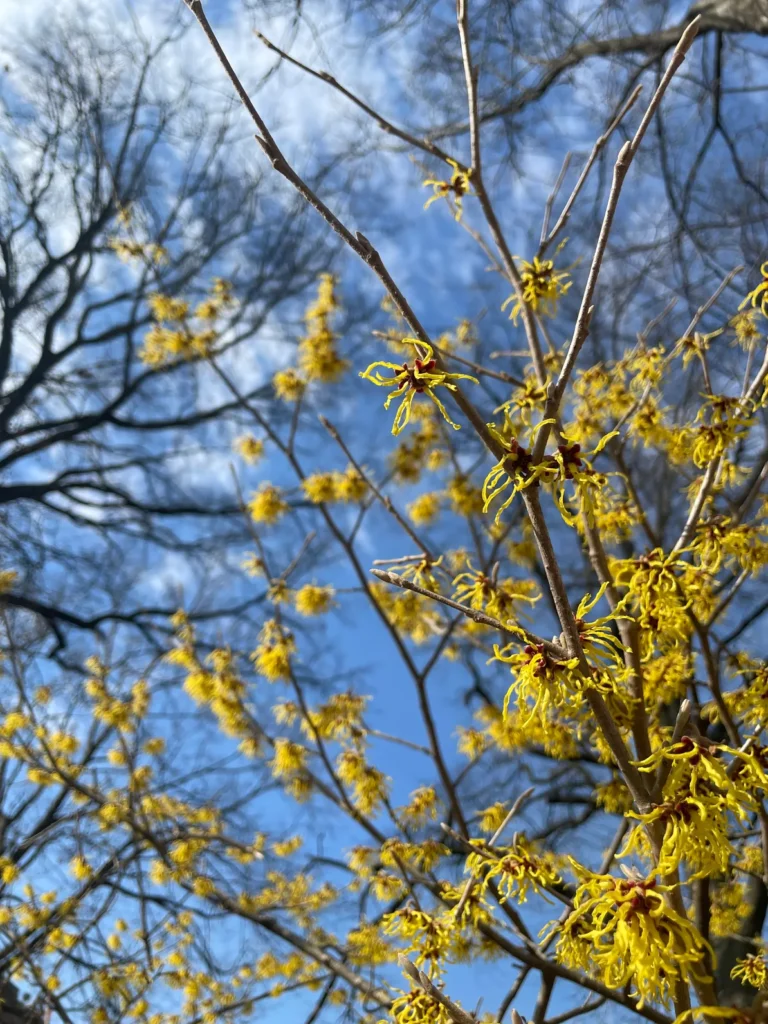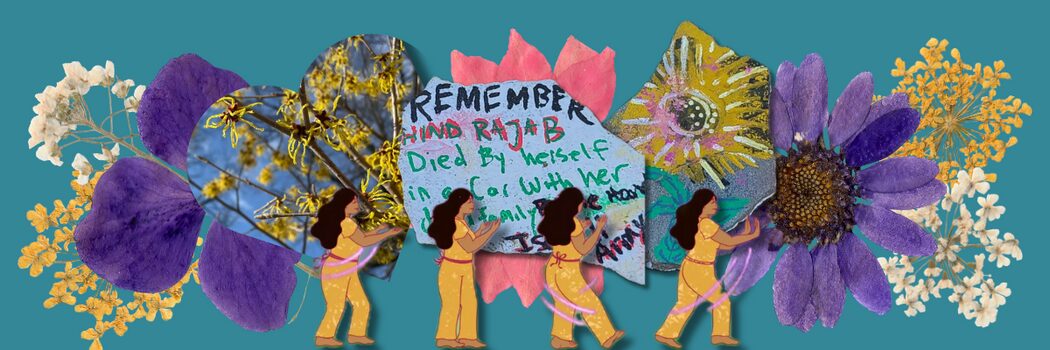“For Colored Girls Who’ve Considered Suicide When The Rainbow Is Triggering And The Toolbox Is Not Enuf (With All Gratitude and Respect Due to Ntozake Shange),” a recent piece from Elissa Sloan Perry, reflects on the limitations of relying solely on tools for advancing equity and liberation, highlighting the need for a deeper understanding of the individual and collective being and commitment to the learning and unlearning required to effectively dismantle systems of oppression in our organizations, movements, and communities. Without this, we see glass cliffs, ruptures beyond mending, conflict that doesn’t build, etc. To be something different and understand what that being takes involves inner work—the individual and collective practices that open us up to transformation, healing, and wholeness. In these moments, as we are holding interwoven systems and contexts in the field and globally, inner work practices offer us doorways to shift our collective being and do the work of navigating complexity, advancing deep equity, and continuing to build out resilient organizations by connecting us—personally, organizationally—to our purpose, grounding us in something larger than ourselves, and joining with others to advance a greater vision.
In the summer of 2022, amidst the Roe decision, a continuing pandemic, and violence and political unrest mounting nationally and internationally, Change Elemental staff shared “Intactness for the Long Haul, part 1,” a set of inner work practices that were opening us up towards our individual and collective transformation. Our eyes turned toward the stars and nebula, our feet skimming the distance between land and water, seeking guidance, connection, and streams that curved toward our imagined future with joy. Now, at the beginning of the northern hemisphere’s spring—a time of natural reentry and abundance—we return to share inner work practices that honor our collective sorrow, anger, and hope in the liberated shores we are swimming towards. Here, we offer connections to nature breath, gratitude, self-soothing, and movement—all pathways that we hope seed the support you need to show up whole in these times of destabilization and loss.
We invite you to add to this list and share it with your coconspirators, collaborators, and kinfolk!
Radical Self Love

- Check out the radical love iceberg from “Healing Love into Balance” (above) by Audrey Jordan, Kate Morales, Rosa Esperanza Gonzalez, and Shiree Teng. Where are you already showing up for yourself and where do you have room to amp up your self-soothing and radical self-love?
- The hopeful gesture of reflecting on your gratitude. In a world where we are holding so much grief, anger, and pain, the daily practice of meditating on what in your life feels like a grain of hope/moment of joy, works to ground us in the present and all of its possibilities. What would it look like to hold space for celebration in this way? We invite you to write a poem, doodle, or hold a simple moment of contemplation about what you are thankful for.
- In “Receiving Love and Care: A Liberatory Practice” Mark Leach reminds us that, “In a world of discord and dis-ease, our individual and collective inner work practices are crucial for healing and resourcing ourselves, each other, and our communities for long-term world-building work. Read the full piece to learn more about compassion practices and try one!
Grief and Healing


A communal grief offering found and photographed in a local park by Camila Figueroa (age 10, Natasha Winegar’s daughter), providing a moment to hold our collective grief and sadness
- In “The Pace of Grief “ Nisha Purushotham reminds us of the gift of giving grief space to move, ebb, and flow—“In the slow and spacious pace of grief, grief rises like a tidal wave. It fills my chest and constricts my throat. It throbs behind my eyes. It crashes, gathers itself up, and rises again. In the present spaciousness of my life, grief has lots of room to move. It can quicken, slow, and even come into stillness in the service of its medicine.”
- Honoring and making space for our grief in community supports us to open up to the healing necessary to move towards the next world now—through song, prayer, poetry, and making grief altars, together and in community, we can hold our pain with tenderness and clarity about how we want to show up for what’s needed now. As Chiara Francesca incants, “May our grief carve new ways to imagine and enact liberation from Turtle Island to Gaza to our homes, bodies, and relationships.”
- The Grief Deck offers sensitive and supportive tools created by various artists and grief workers, to help process emotions and navigate unique grief journeys with thoughtful prompts, activities, artwork, and grounding resources.
Movement, Song, and Breath

Illustration from “Stances, Skills, & Skills for Healing & Reclaiming Our Movement” by LizArtistry for the John W. Mack Fellows
- Mu-I Tai ji 10 step is a robust practice (primarily stance, energy, awareness, and rhythm) that has been shared with movements for justice, sovereignty, and liberation. It is a way for us to be in our movement building not only from an ideological stance but in actual movement. We invite you to watch this video on 10-step practice and carve out some time for yourself to try it out!
- Leaving space to process what our bodies endure. In “Letter to My Son,” Ta-Nehisi Coates explains that “all our phrasing—race relations, racial chasm, racial justice, racial profiling, white privilege, even white supremacy—serves to obscure that racism is a visceral experience, that it dislodges brains, blocks airways, rips muscle, extracts organs, cracks bones, breaks teeth. You must never look away from this. You must always remember that the sociology, the history, the economics, the graphs, the charts, the regressions all land, with great violence, upon the body.”
- Neurosomatic Intelligence Practices: exercises to work with your nervous system
- Bag breathing: Take 6 to 12 easy, natural breaths, with a small paper bag held over your mouth and nose. Then remove the bag from your nose and mouth and take easy, natural breaths.
- Tragus pull: Come down almost as if you’re going to go into the eardrum with your finger. Gently press backward toward the back of your head, and perform slow, gentle circles. This could be done for one minute or as long as you feel like it is helping and it’s comfortable.
- Bouncing on your heels: Stand comfortably. Raise both of your heels slightly off the ground and right away, lower them back down with a light bounce. Repeat this several times. Let the bouncing echo throughout your whole body, but not to the degree of unpleasantness.
- Eye sensory deprivation: Keep all light out of your eyes, covering with your hands. Focus on your other senses—what turns up/down when your eyes are closed?
- Foot sensory stimulation: Rub your feet with a soft cloth while breathing deeply.
- Singing is a powerful way to connect with your body and to hold big emotions. We have been singing “Put Your Roots Down” by Molly Hartwell—see if you can gather some folks to sing along with you, the power in communal music-making is strong!
Tapping the Natural

Photograph by Alison Lin
- Spending time connecting with the earth and noticing the change in seasons (like the beautiful flowering trees pictured above)—sometimes change is slow (the unmarked sustaining of winter), sometimes fast (the blooms that transform overnight). What lessons live there?
- We never blame plants for being “lazy,” “unproductive,” or “difficult” when they fail to thrive, instead, we ask ourselves what nutrients, care, and tending did they not receive. Too much water or not enough sun? Being choked by weeds or eaten by bugs? What tenderness practices could come from using those same questions for ourselves and our work—individually and at the field level—as we align our doing with the values of our being?
- In Sham-e-Ali Nayeem’s “Moth” they write, “It isn’t in the wings or the flying / where freedom takes place / it is in the quiet cosmos of / your unbecoming.”
Further Inner Work Resources from the Archives
- Inner Work: Intactness for the Long Haul (Part 1)
- Cleansing, Clearing, & Connecting Our Collective Spaces
- Cultivating Purpose: A Creative Practice of Noticings, Reflections, and Sensing
- Our Bodies, Ourselves, Our Liberation
- The Wisdom of Nature
- Creativity, Spirituality, and Liberation: A Personal Reflection Grown in Communion With Many Souls
- Creativity and Cultivating Intactness as Ways Forward Through Complexity
- A Love Sermonette Supreme
- Inner Work, Complexity, and the Gift of Irrationality
- Inner Work as a Pathway to Collective Equity and Pleasure
- Waking Up To All of Ourselves: Inner Work, Social Justice, & Systems Change
- Emotions, Resilience, & Courageous Conversation
We want to acknowledge that no one practice will work as a panacea for our individual or global pain, but we honor that engaging in small actions offered here (and elsewhere), can lead us toward deeper inner work practices that will allow us to show up resourced—as individuals and organizations—to fortify ourselves for the necessary and difficult work of liberation. If you want more about the intersections of equity, complexity, and inner work, visit us here and here. We are so grateful to be on this journey together.







